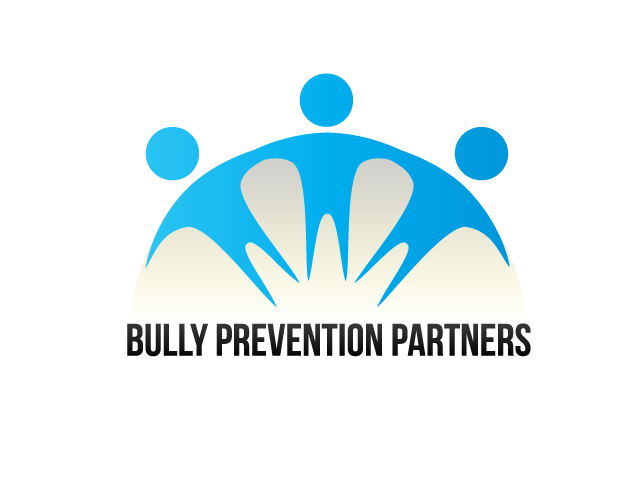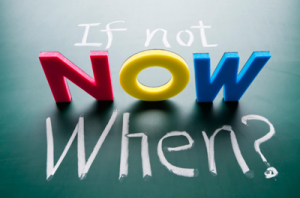Aggressor: Thoughtfulness is kindness guided by empathy. Those who are being aggressive towards another person want to call on their thoughtfulness, to pay attention to the likes and dislikes of the other person. It is likely they have done this already and chosen to focus on their dislikes instead of considering how their words or actions would affect the person they are acting on.
Target: The target of aggression can use thoughtfulness also by observing what the aggressor needs and thinking about how it might be provided. Do they need a friend or even help in something that you are good at doing. The target want to be discerning in their decisions. They are thoughtful about how they respond in their actions and words. Thoughtfulness will keep them from lowering their standards and react in an unkind manner.
Bystander: The bystander in any situation of aggression wants to practice thoughtfulness also by observing all of the circumstances and being considerate of the target of bullying. They will give their attention to the needs of others and be thoughtful about how they can help the most. Do they need to get additional help or can they practice their best virtues without further support? Being thoughtful of the target will no doubt brighten and grow the trust between the parties. Everyone enjoys being around a person who is not self-centered and who is always thinking about what they can do to help their friends.






